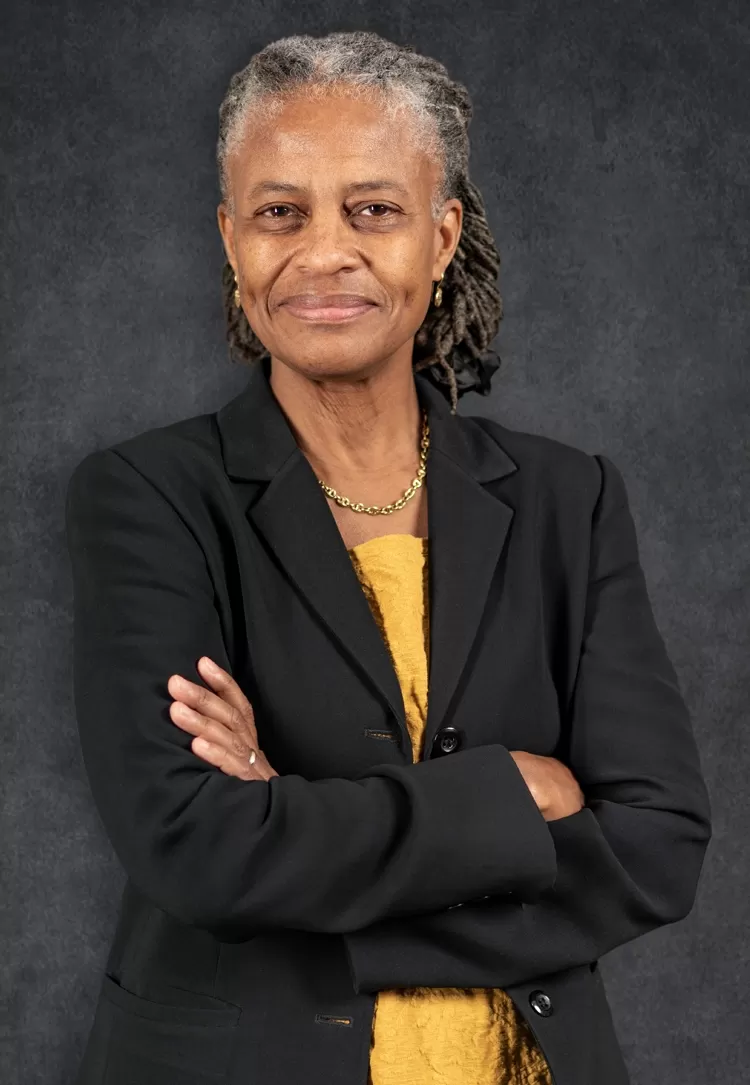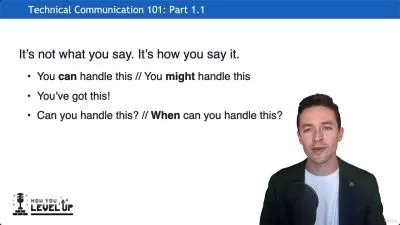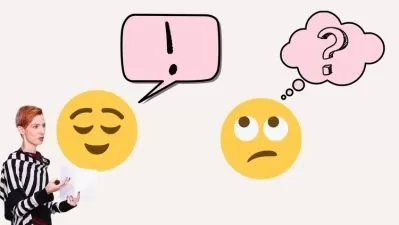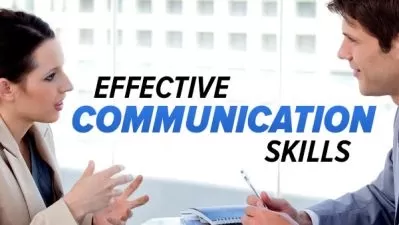How to Talk about Race
Anita Foeman
5:23:26
Description
There was a time, not too long ago, when talking openly about race was considered in poor taste. If you had good manners, you just didn’t talk about politics, religion, or race—not with your family or friends, and certainly not with your coworkers. Even now, many people feel the topic of race is better left alone. What if we say something that’s misunderstood? What if we’re labeled a racist?
Professor Anita Foeman understands those worries. In How to Talk about Race, she addresses those specific concerns and others, giving common-sense guidance and step-by-step instructions you can employ to develop a safe and productive dialogue about race. Having spent her professional life researching, teaching, writing, and facilitating conversations about race, Dr. Foeman believes the ability to engage in a productive dialogue is an important start—even if we can’t solve every problem.
The Real Stories
It’s impossible to understand race and culture in the United States without listening to individuals tell their unique stories. After all, while groups of people have shared similar experiences, it isn’t until you hear a personal story that you can understand the human impact of race, beneath the gross generalizations.
In this course, you’ll meet many fascinating people who have agreed to share their stories. As you get to know them, you might realize that your assumptions about their lives—if you had made those assumptions based only on their race—would have been far afield from their actual lived experiences. Among the many individuals you’ll hear from in this course are:
- Daniel and Scott. Daniel is a Black man who was adopted from Haiti as an infant by a white American family; Scott is his father. From Daniel, you’ll hear what it was like to always know you were different from your family, and the skills he had to develop even at a young age to begin to understand his identify. From Scott, you’ll learn about specific decisions the family made to help Daniel and the family unit be able to freely address issues of race.
- Meg. Meg is a white woman in a white family who describes her great-aunt as being prejudicial about almost any group of people. After sitting through years of discomfort caused by her relative’s comments, you’ll hear why and how Meg spoke up. You might be surprised by the simplicity of the question she finally asked her great-aunt, and the changes it caused in both of their lives.
- Talon. Talon Silverhorn, a citizen of the Eastern Shawnee tribe of Oklahoma, grew up on a reservation, fully immersed in his culture. But he has relatives who were removed from their homes as children and taken to Indian boarding schools. He once described his American experience as living under the staircase like Harry Potter, but in his own home.
Avoiding the Pitfalls
Maybe you’ve wanted to enter in discussions about race but have never known how to start. If you’re a person of color, you might want to talk to your white neighbors about the privilege you see them enjoying due strictly to their race, privilege they are possibly blind to. But should you? If you’re white, what’s the best way to engage with your white niece’s Black fiancé and his extended family? Is there anything you can say to them about race that won’t make you seem like a racist? Or is it best to just pretend that race doesn’t exist?
Dr. Foeman has heard all the above questions and more. In this course, you’ll learn why just pretending race doesn’t exist is not the best answer. You’ll also explore how to begin and continue the dialogues you want to pursue without ruining relationships in the process, getting yourself “in trouble” before you even know what happened. Dr. Foeman cannot promise complete comfort in these discussions, but she can help you avoid common pitfalls if you:
- Bring Your Humility. Whenever you’re speaking about race to someone outside your own group, you will probably have gaps in understanding; admit it. Acknowledge that you’re struggling to find the right words, and that you might stumble or say the wrong thing.
- Speak Only for Yourself. No one can speak for an entire racial group, which might include millions of unique individuals. Be clear in conversation that you’re speaking only from your own perspective.
- Show Up—and Keep Showing Up. Yes, you might feel uncomfortable, misunderstood, or even angry. But if you care about the issue of race, don’t give up. Remember that you’re trying to bridge a challenging divide, not to convert anyone to your point of view. Try to end the conversation by letting the other person know that you hope the two of you can speak again.
Walking the Talk
For many of us, learning how to talk about race in a calm and productive manner is a big step forward. Each positive interaction can bring a greater sense of peace and control into our lives. But what if you want to take an even bigger step forward, making a positive contribution to racial discussions at the community, regional, or even national levels? How can you build on the insights you’ve gained from this course?
Dr. Foeman points out many ways to join with others who want to make a positive difference in racial issues in our country. In particular, she highlights:
- Braver Angels. Braver Angels is a national organization that brings together people across the political spectrum to listen, dialogue, and build alliances. Local groups and leadership are balanced with equal numbers of Republican- and Democratic-leaning individuals. Although the organization is not focused solely on race, race is part of the political discussion. Opportunities exist for action at the local, regional, and national levels with Braver Angels and its connections to other like-minded groups.
- The Villanova Model. This four-stage dialogue program is offered as a formal course at Villanova University and informed by the Program on Intergroup Relations at the University of Michigan, but it can be implemented without the course structure. This program—which emphasizes the important distinctions between debate, discussion, and dialogue—can help you learn to build alliances within, and in addition to, the family.
- “I Come From ...” Foeman shares this activity which is intended to open the door to complex thinking, addressing differences and similarities between individuals. Developed as part of the Villanova Model, it can also be used on its own in any small group where people strive to understand each other with respect to race and/or culture.
Whether you ever join a formal group or not, How to Talk about Race will help you make a difference. You will not only employ the skills you have learned in this course, whenever the topic comes up, but you will also see everything going on around you through this new lens of the possible. In fact, it’s safe to say you’ll never see things the same way again.
More details
User Reviews
Rating
Anita Foeman
Instructor's CoursesAnita Foeman is a Professor of Communication and Media at West Chester University. She received her PhD in Communication Studies from Temple University.
Anita’s scholarly work explores diversity in different facets of society, and she has 30 years of experience in diversity and leadership consulting for educational, government, and private agencies. Her research examines identity based on new ancestry DNA data, with findings and advice gathered in a book cowritten with Bessie Lee Lawton titled Who Am I? Identity in the Age of Consumer DNA Testing. She has also been featured in The New York Times, The Washington Post, Here & Now on NPR, BBC Newshour, National Geographic magazine, National Geographic Explorer, and NOVA.
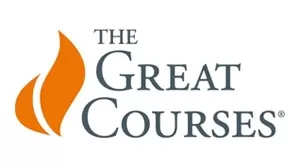
The Great Courses
View courses The Great Courses- language english
- Training sessions 13
- duration 5:23:26
- English subtitles has
- Release Date 2023/12/23





